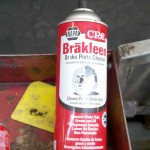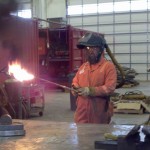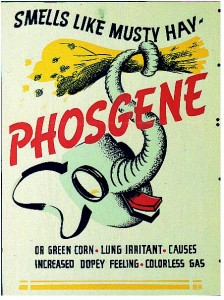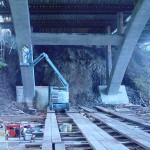Wed 23 Mar 2011
Welding in a Mechanic’s Bay – Phosgene
Posted by admin under Chlorinated Solvent, Phosgene, Welding
Comments Off on Welding in a Mechanic’s Bay – Phosgene
Sometimes the perfect storm happens and the situation seems so innocent. Here are the variables:
- A new shop with a great ventilation system- the airflow moves from Bay 1 to Bay 5 in rapid succession
- Bays 1-4 are mechanics who occasionally work on heavy equipment/ vehicles
- Bay 5 is for welding- has local exhaust and ventilates directly outside
Situation:
- Welder usually does maintenance – small jobs
- On one particular day he is laying down A LOT of wire- and preheats the metal
- Same day- a mechanic needs to clean some parts and uses a cleaner found in most mechanic bays

- Welder “smells” something unusual- get tightness in his chest and almost passes out
What occurred was the perfect combination for a deadly situation. Chlorinated solvents, when their vapors are heated, can form phosgene.
Here is a link to the CDC regarding phosgene. Abbreviated as CG by the military- since it was used in WW1 as a weapon.


